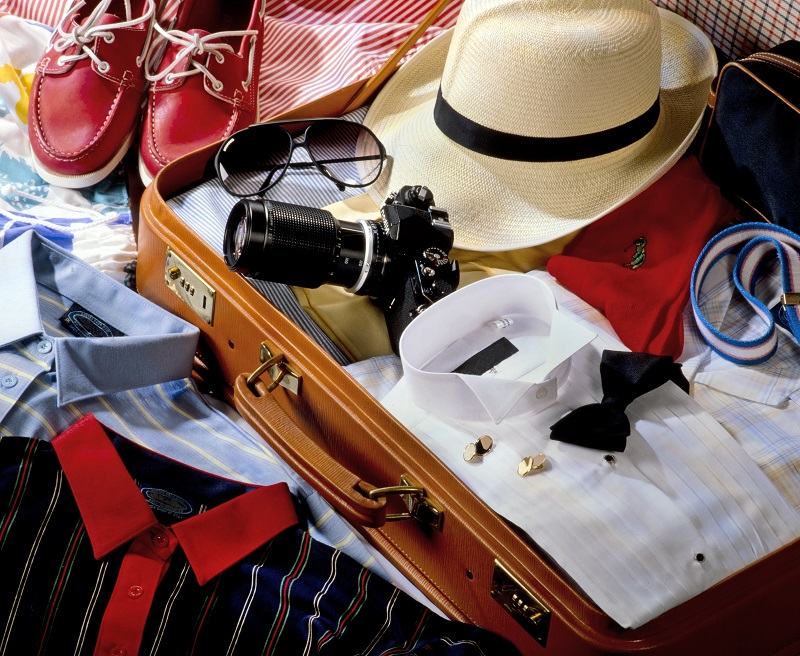
Effective March 1, 2024, you can carry up to a maximum of two bags per passenger for free on the Frecce. If you travel in 2nd class and in the Standard and Premium service levels, the sum of the total dimensions of your baggage (length plus width plus depth), including pockets, wheels and handles, must not exceed 161 cm (63.38 in), of which each dimension not exceeding 80 cm (31.49 in); if you travel in 1st class and in the Executive and Business service levels, the sum of the total dimensions of your baggage (length plus width plus depth), including pockets, wheels and handles, must not exceed 183 cm (72.04 in), of which each dimension does not greater than 120 cm (47.24 in). If you have skis, prams, strollers, musical instruments, bicycles (all types, provided they are dismantled and/or foldable) and electric scooters you can transport them in addition to the number of pieces of luggage allowed, provided that the sum of the total dimensions (length plus width plus depth) of the skis, prams, strollers and musical instruments is not greater than 200 cm (78.74 in) and that the dimensions of the bag in which you want to transport your bicycle or electric scooter are not greater than 80x110x45 cm (31.49x43.30x17.71 in).
Traveling by train in Italy means always traveling with carry-on luggage. You'll carry on board everything you have with you. It's your responsibility to bring your bags on board and stow them properly, which is a great incentive to packing light. There's no fee to bring luggage on the train.
The on-board luggage storage options differ depending on the type of train. On the newer high-speed trains, there are storage areas at one end of each train car, often across from the bathroom, which are available for anyone in that car to use for their larger bags.
On the older trains, the only real storage areas are overhead shelves above the seats. Sometimes there is room to stow medium or small bags in the space created when two seats are situated back-to-back. Smaller bags, such as backpacks, purses, and briefcases can be slid underneath the seat.
Trenitalia isn't responsible for lost bags, so it's your responsibility to keep an eye on luggage even if it's stowed at the end of the train car. There is, however, insurance against bag theft that applies to most Trenitalia passengers. If a bag is taken from the storage compartment at the end of the car of a Frecce or InterCity train, the insurance maximum is €300 for a single bag and €600 per customer. The maximum for other trains are lower, and the rules for filing an insurance claim are strict.
There are porters at some stations that can be hired to help passengers with luggage. Porters can be hired at Roma Termini, Milano Centrale, Bologna Centrale, and Firenze SMN. You must book this service in advance by phone, and the cost of the service is €5 which is paid directly to the porter.
There is a door-to-door option for sending your bags from point to point rather than carrying it with you. It's called Bagaglio Facile, and the costs start at €20 for the first bag and €15 for the second. It's available to all travelers on Frecce trains, or anyone who has a CartaFreccia card.
Bagaglio Facile is only available Monday to Friday for most stations, although it operates on weekends in the cities of Milan, Rome, Florence, Venice, Turin, Bologna, Naples, Salerno, and Bari. Arrangements for Bagaglio Facile must be made by phone at least 24 hours in advance of your departure time.
If you're stopping midway on your journey and want to do some sightseeing before your next train departs, many stations offer some kind of luggage storage service. Luggage lockers are no longer the norm for security reasons, but there are often offices with staff where you can leave your bags for a period of time for a fee.
Photo credit: CKP1001
